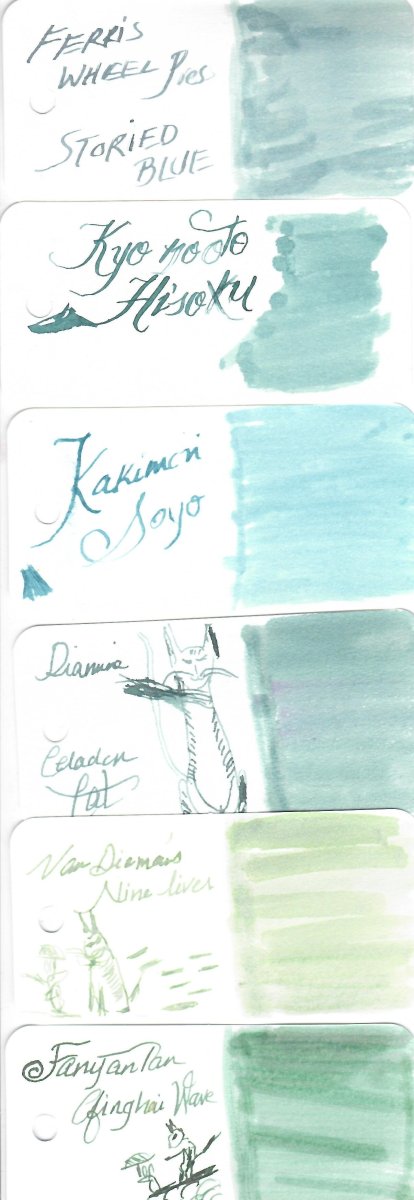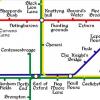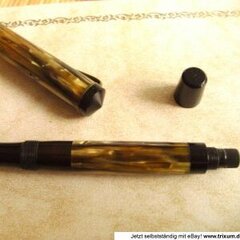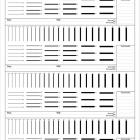Recommendation Tools For Nib Grinding
-
Forum Statistics
355.6k
Total Topics4.6m
Total Posts -
Member Statistics
128,463
Total Members18,857
Most OnlineNewest Member
stvkm11
Joined -
Images
-
Albums
-
00-Feb-March-April2025
- By yazeh,
- 0
- 0
- 88
-
Misfit’s 3rd Album for pens, paper, ink
- By Misfit,
- 13
-
Post related
- By Penguincollector,
- 58
-
Pen Pics 3
- By K Singh,
- 0
- 0
- 34
-
4posts
- By Tashi_Tsering,
- 0
- 0
- 85
-



















.thumb.jpg.f07fa8de82f3c2bce9737ae64fbca314.jpg)



desaturated.thumb.gif.5cb70ef1e977aa313d11eea3616aba7d.gif)







Recommended Posts
Create an account or sign in to comment
You need to be a member in order to leave a comment
Create an account
Sign up for a new account in our community. It's easy!
Register a new accountSign in
Already have an account? Sign in here.
Sign In Now